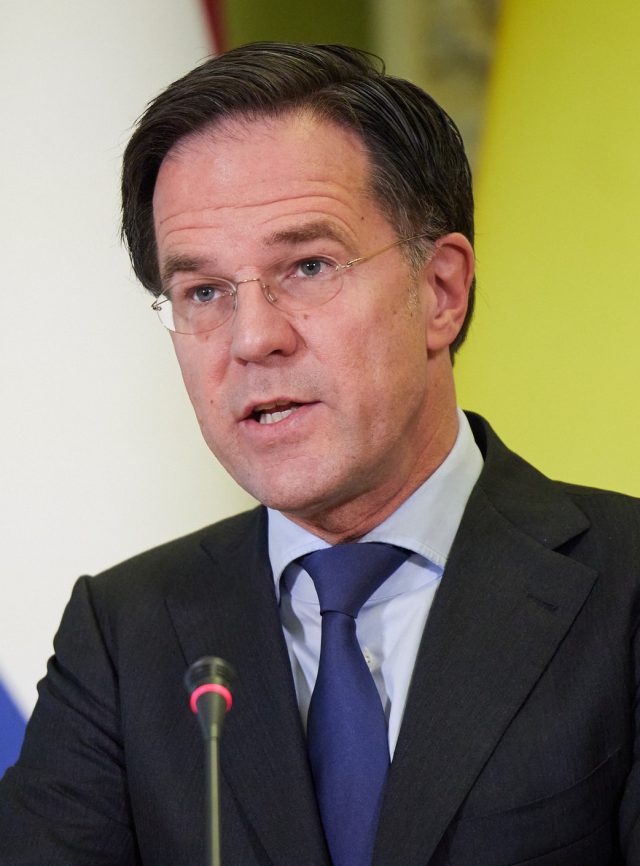
Government Collapse and Outgoing Prime Minister’s Retirement Open New Scenarios
On July 7th, the Rutte IV government fell due to a failure to reach an agreement on asylum seeker reforms. Specifically, the VVD (center-right liberal party led by Prime Minister Rutte) advocated for reducing asylum requests in the Netherlands for family reunifications, a stance that did not sit well with the Calvinist CU (a religious party with progressive roots).
Despite the Christian Union (CU) having only five parliamentary seats, their presence was crucial for the government’s stability, and the failure to reach an agreement led to the end of Mark Rutte’s fourth government. Complicating the situation further was Rutte’s decision to retire from political life after this term. Having served as the Secretary of State for Social Affairs and later for Education for four years, and with a total of 13 years in government, Rutte has chosen to pave the way for future generations by stepping down as Prime Minister, a position he assumed on October 14, 2010.
The first sign of electoral mistrust in the government emerged from the previous provincial elections on March 15, 2023. The governing majority was significantly weakened, with the VVD obtaining only 11.17%, the center-right Christian Democratic Appeal (CDA) securing 6.64%, the center-left Democrats 66 (D66) obtaining 6.34%, and the CU achieving 3.66%. As a result, the government majority reached only 27.81%, prompting inevitable discussions about the country’s political future.
The big winners in that electoral contest were the ruralists of BBB, the Citizens’ and Farmers’ Movement, which stood in strong opposition to the environmental policies of the Rutte IV government and also vehemently opposed the ideological ecologism of the European Union. Some political observers even consider them a “eurosceptic” party. The BBB secured 19.23% of the votes, obtaining a relative majority of seats in all provinces of the country.
According to current polls, the political situation indicates a strong stalemate. At the forefront, there appears to be a left-leaning ecological electoral coalition, including the PvdA (socialists) and the GL (greens), who would run together and obtain between 25 and 28 seats. The VVD follows with 25 seats, closely trailed by the BBB, expected to secure between 21 and 25 seats. The only other party surpassing 15 seats would be the PVV, a strongly eurosceptic party led by Geert Wilders, who once aspired to national upsets that never materialized.
However, there is a factor that could completely disrupt the political landscape, and that is the positioning of Pieter Omtzigt. The fifty-year-old parliamentarian, re-elected in 2010 with the center-right CDA but left the party in 2021 due to its pro-European positions, currently enjoys strong cross-party support. Omtzigt has been approached multiple times to run again with either the CDA or the BBB, but he declined both offers. According to the latest survey, a hypothetical personal list led by him would secure 46 seats, a mere 29 seats away from a potential majority.
Without Omtzigt, the outgoing government’s majority would be limited to 39 seats (44 including the CU), making it an unlikely path to pursue. The center-left coalition would reach between 40 and 50 seats, also insufficient. Instability appears to be the key to the Netherlands’ future, and the potential influence of several eurosceptic parties should not be overlooked. In the Omtzigt scenario, his united list with the ruralists of BBB, along with Wilders’ PVV and the smaller right-wing parties (FvD, JA21, and SGP), would amount to 78 seats, enough to form a right-wing government. However, holding such a coalition together may prove exceedingly challenging due to the divergent origins of the parties involved.



 Subscribe
Subscribe